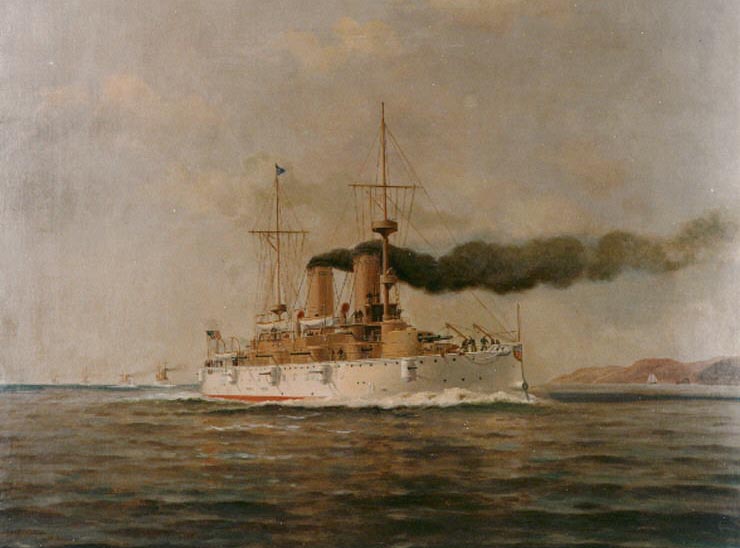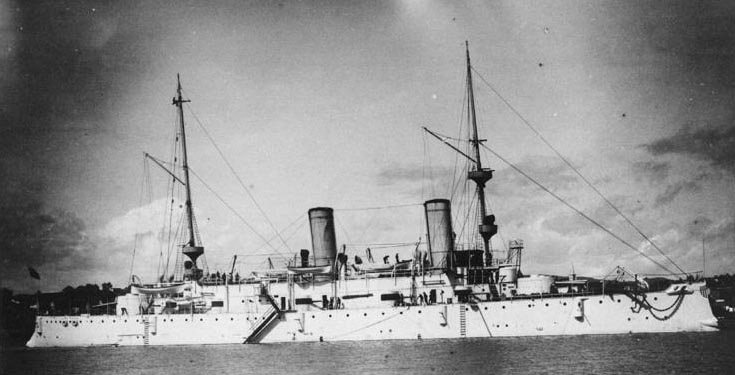

| Type | Armored Cruiser |
| Displacement | 5,586 tons |
| Length | 344 feet, 1 inch |
| Beam | 53 feet |
| Draft | 21 feet, 6 inches |
| Speed | 20 knots |
| Complement | 411 |
| Armament |
|


| Type | Armored Cruiser |
| Displacement | 5,586 tons |
| Length | 344 feet, 1 inch |
| Beam | 53 feet |
| Draft | 21 feet, 6 inches |
| Speed | 20 knots |
| Complement | 411 |
| Armament |
|